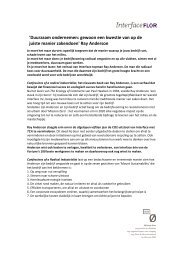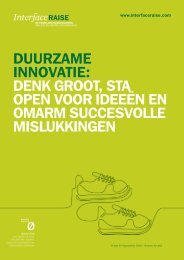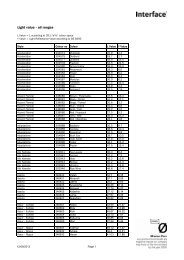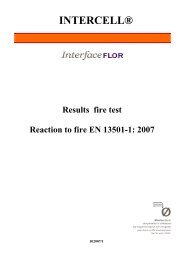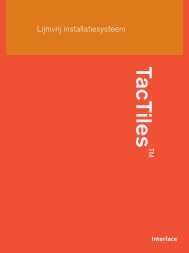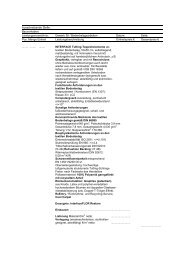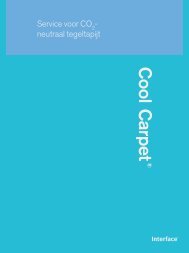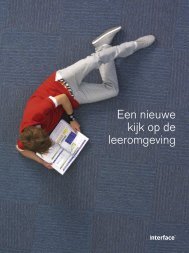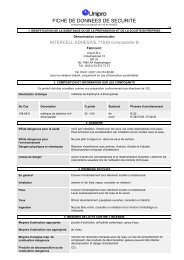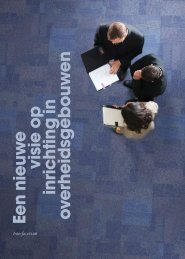of carpet tile backings - Interface
of carpet tile backings - Interface
of carpet tile backings - Interface
Create successful ePaper yourself
Turn your PDF publications into a flip-book with our unique Google optimized e-Paper software.
11<br />
Bitumen-based<br />
backing systems<br />
(e.g. <strong>Interface</strong>FLOR’s<br />
Graphlex ® backing)<br />
The most common type <strong>of</strong><br />
backing in Europe is made <strong>of</strong> a<br />
mix <strong>of</strong> polymermodified bitumen<br />
(PMB) with varying amounts <strong>of</strong><br />
limestone filler. Bitumen is a<br />
complex hydrocarbon obtained<br />
from the processing <strong>of</strong> crude oil.<br />
It can be modified with polymers<br />
to improve the backing’s<br />
technical performance – and<br />
extend the life <strong>of</strong> the product<br />
– by increasing resilience and<br />
dimensional stability. However,<br />
the chemical processes to<br />
make the polymers used in the<br />
backing also use energy.<br />
The polymer-modified bitumen<br />
compound is mixed with<br />
limestone filler to give the <strong>tile</strong><br />
weight and stability. This filler<br />
accounts for up to 70% <strong>of</strong> the<br />
total weight <strong>of</strong> the backing.<br />
Limestone is an abundant<br />
material which has a very low<br />
environmental impact, and<br />
the high filler content helps to<br />
improve the backing’s overall<br />
LCA figures as well as making<br />
it economical to produce.<br />
<strong>Interface</strong>FLOR’s Graphlex ®<br />
bitumen-based backing systems<br />
also have low VOC emissions<br />
(which can affect indoor air<br />
quality and health) and enable<br />
superior floor hugging and<br />
loose-lay capabilities.



